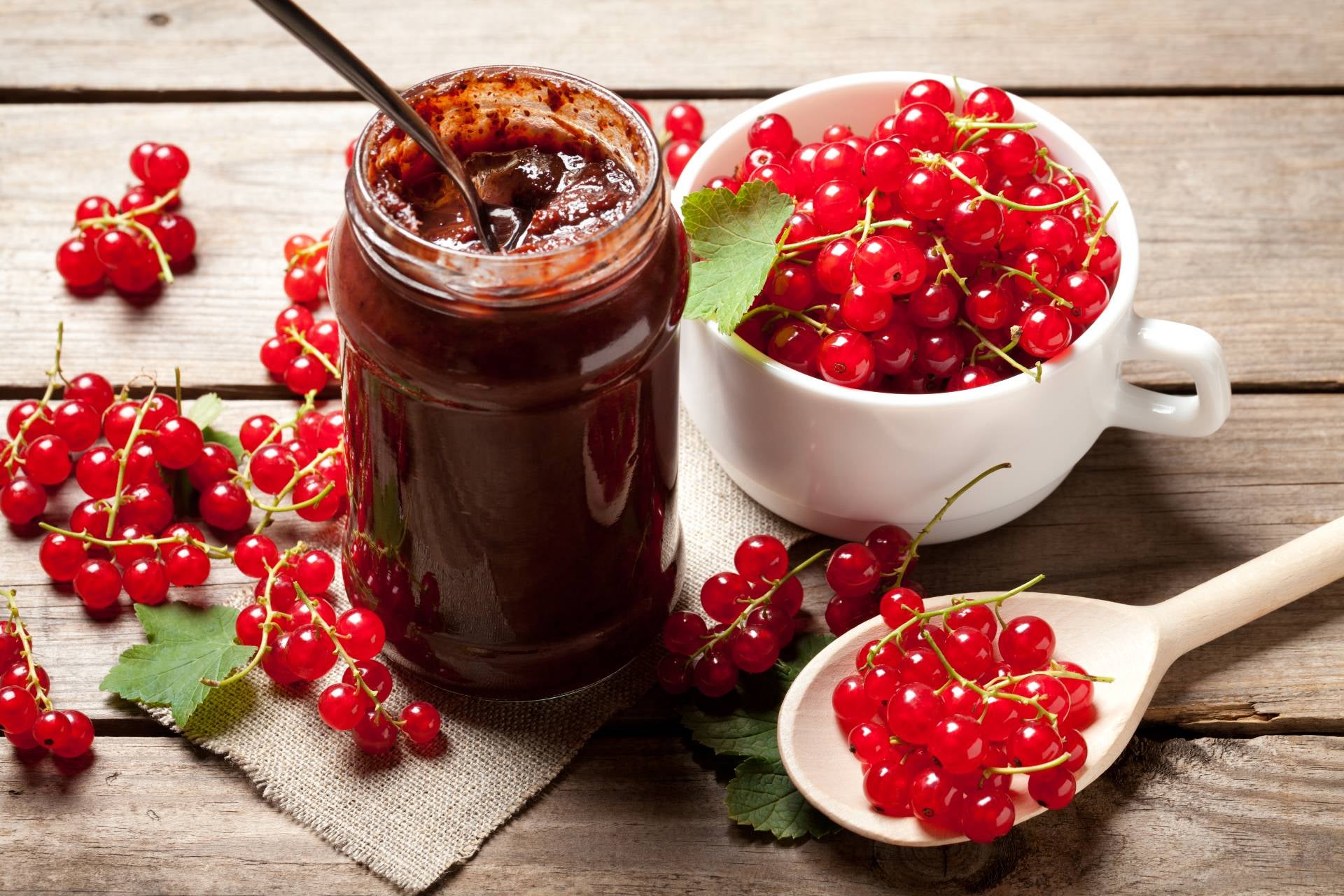Fresh currants can be used like blueberries, blackberries, or raspberries, in scones, tarts, pies, sorbets, puddings, custards, fruit salads, holiday stuffings, baked goods, or to garnish desserts with their pretty colour.
They are wonderful in jams and jellies. Currants are naturally full of pectin and acidity, so there's no need to add pectin when making jams and preserves.
Currants are also excellent in sauces recipes, paired with rich meats like pork, lamb, or game. Since they have the acidity of fresh fruits, they complement strong-flavoured meats that benefit from a bit of sweetness.
They pair well with nuts. They're superb in vinaigrettes, over ice cream or yoghurt, or stirred into oatmeal. They're also fantastic in all kinds of drinks – with or without alcohol. You can just snack on them, as you would raisins.
Dried black currants are often used as a substitute for raisins, dates or prunes in baked goods. Simply put, anything you can do with raisins, you can do with currants.
White and pink currants are sweeter, more delicate, and usually used fresh.
As Zante currants and currant berries are sometimes confused, it may be challenging to determine which to use in a recipe. Whenever a recipe mentions red or white currants, it refers to the berry. When the ingredients are fresh or frozen fruits, not dried, true currants are used. In the same way, consider where the dish comes from – if it's a Danish, Dutch, or French recipe, use currant berries. On the other hand, if a recipe calls for a raisin substitute, it probably means dried Zante currants, but dried black currants can make an excellent substitute.
Varieties














